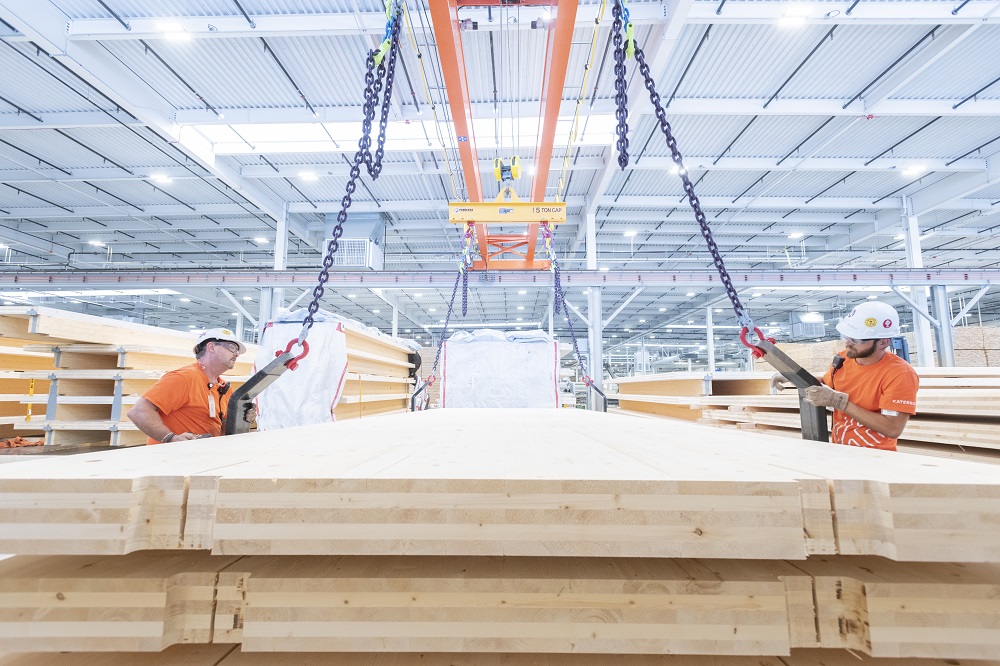One of the toughest aspects of construction in heavily populated or close-quarters areas is the control of noise and other pollutants. The public’s worries about these items can stall or kill projects before they begin. If and when they project actually begins, complaints can roll into the governing agencies causing project delays and/or fines.
Arup, a design, engineering, and consulting team in the United Kingdom, has been developing a living wall system, which they think can reduce the noise and improve the air quality surrounding ongoing construction projects. Manufactured by the Swedish company, Green Fortune, the living wall is currently being tested on a renovation of the St. Mark’s building in Mayfair, London.
“Living Wall Lite,” as the wall system is being called, is made up of grasses, flowers, and wild strawberries and covers the scaffolding system, which faces the public street. Initial tests of the 861 square foot (80m²) wall have shown that it can reduce noise pollution up to 10 decibels. The test wall in Mayfair has several sensors installed to measure real world impacts of noise reduction, temperature, and air pollution.
“Living Wall Lite has the potential to transform scaffolding and hoardings into much more than just a cover up. By introducing plants and flowers, we can create a more attractive and healthier environment for local residents, businesses and workers on site,” said Alistair Law, Façade Engineer and the Living Wall Lite’s developer, Arup, in a press release.
There’s no doubt that construction can have some pretty substantial impacts on neighboring property values and businesses, so anything that can reduce those impacts will certainly help new construction efforts. What remains to be seen with this wall is two-fold: will this technology actually help with noise and air pollution and will safety agencies approve of its use. The sensors will give Arup all of the data it needs to prove or disprove the concept, but reactions from governing safety agencies remains to be seen.
Over the past 12 months, scaffolding issues were the second most cited OSHA standard, trailing only duty to have fall protection on the list. 3,141 citations were issued, totaling $6,486,743 dollars for failure to comply with OSHA standard 1926.451 General Requirements- Scaffolds. Since the living wall will cover up the vast majority of the exterior side of the scaffolding, it will be much more difficult to assess any issues from that side. You have to wonder how OSHA and the UK’s Health and Safety Executive (HSE) would respond.
No pricing information on the wall has been released yet.
What do you think about this living wall system? Does it have a future on the jobsite?











Like most of the other electric machines that have been announced previously, Volvo promises that this midsized, 14 metric ton excavator will have the same performance as a similarly sized diesel version. The X03 is currently in the concept stage, so Volvo does not have immediate plans to bring it to market, but it shows the possibilities that electronics on heavy machinery can allow for.